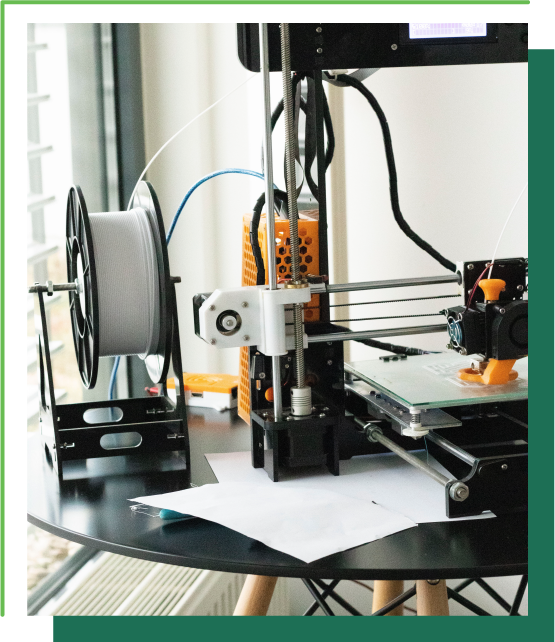ShakeAM (Learning by SHAring Knowledge in dEsign for AM) project addresses the need to increase the capacity and readiness of Higher Education (HE) institutions to manage an effective shift towards digital technologies for a systematic approach regarding the training delivery and acquisition of digital skills and competencies on Design for Additive Manufacturing (DfAM) by HE students and designer professionals (AM and non-AM experienced).
ShakeAM project foresees addressing theoretical and practical components using an
innovative Ecosystem & Best Practices Database. These tools will contain examples and
real-life scenarios in DfAM to support students understanding of the contents discussed.
Using a unique and virtual transnational learning environment for collaborative and
progressive work on DfAM, students will improve engagement in the learning process and
learning outcomes.
At the same time, this innovative Ecosystem can encourage
students to
be independent learners, giving them tools to become engaged in a dynamic lifelong
learning system. The innovation through best practices learning environments with shared
experiences and contributions of experts in the DfAM field of work and peer learning
activities will stimulate the learning process.

ShakeAM project will be developing a DfAM Digital Ecosystem:
Within the ShakeAM project will be developing a DfAM Digital Ecosystem. It will enable
the implementation of DfAM training pillars and share experiences using a Design Best
Practices Database on the topic through a forum to be created and integrated into the
Ecosystem. This Ecosystem will facilitate HE systems to have first-hand on the best
practices of DfAM and transfer this knowledge and training through the Ecosystem to the
students. It will align with existing AM qualifications (from the IAMQS) developed in
line with the EU recommendations and tools. The quality of the training and proposed
methodology will contribute to the sustainable growth of such subject, continuous
innovation, and recognition of the qualification (and associated Learning Outcomes)
across different EU countries.
ShakeAM project aims to support teachers and general teaching professionals in becoming
familiar with digital pedagogy/digital education and up to date with the latest best
practices, improving their competencies and being able to transfer them to their
students. Through the DfAM Digital Ecosystem, the ShakeAM project will also support the
learners from HE institutions to have a smoother transition from the educational to the
professional world. The Ecosystem will also contribute to strengthening lifelong
learning, enabling the personal development of individuals through their life, as AM,
specifically DfAM, is constantly evolving. The Ecosystem will contribute to the overall
digital transformation plan of HE institutions, as well as the target groups it
addresses. It will also, promote an easier transference of DfAM best practices both to
VET and Adult Education institutions, due to its planned structure.
